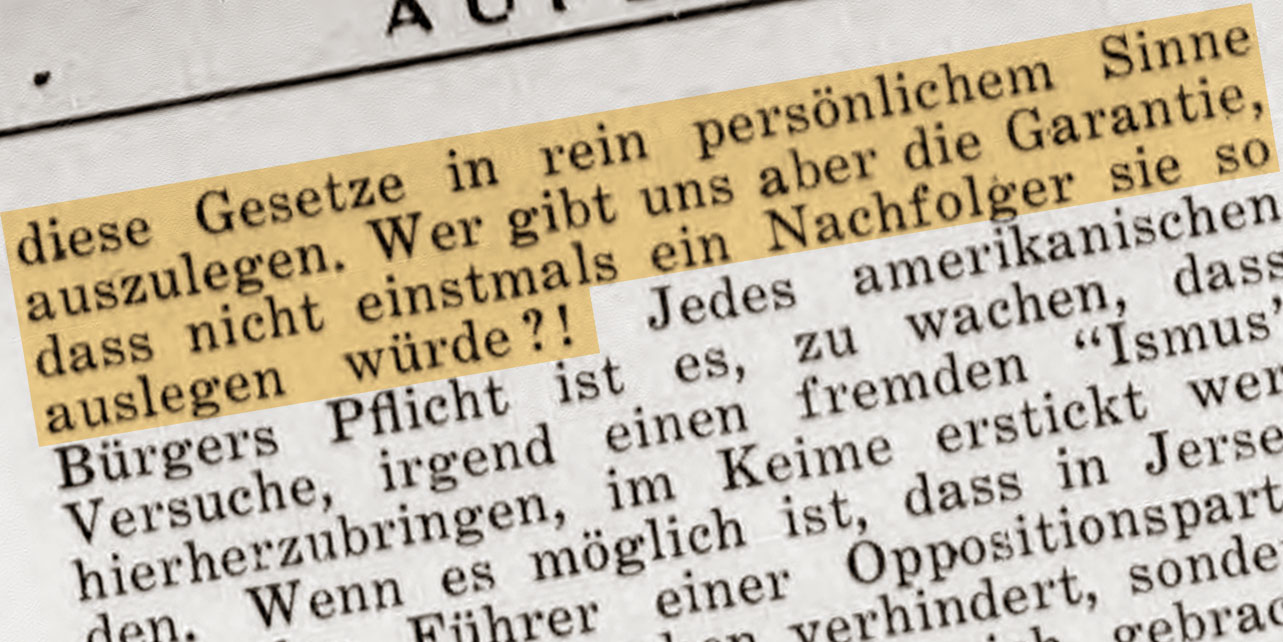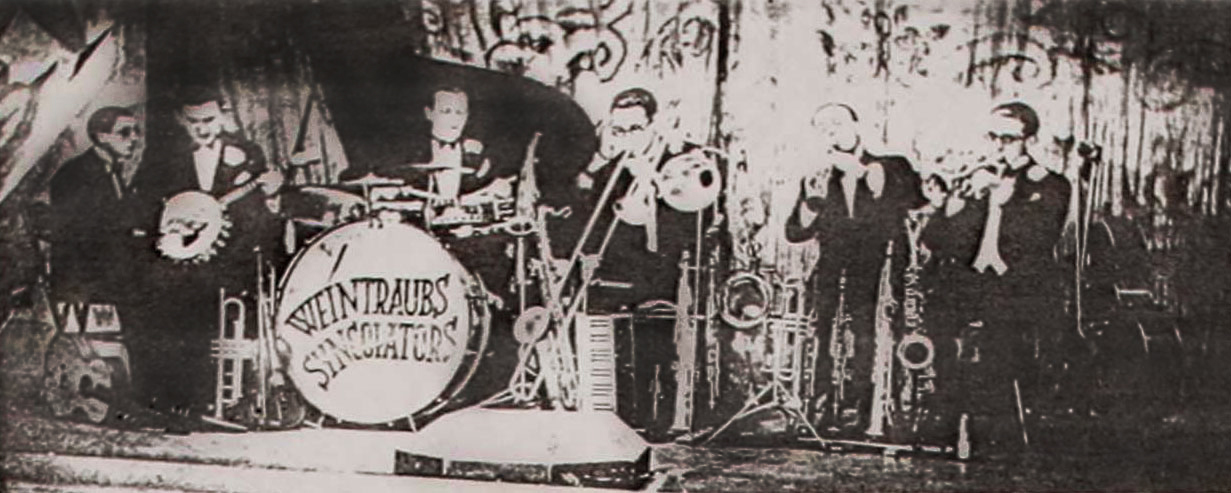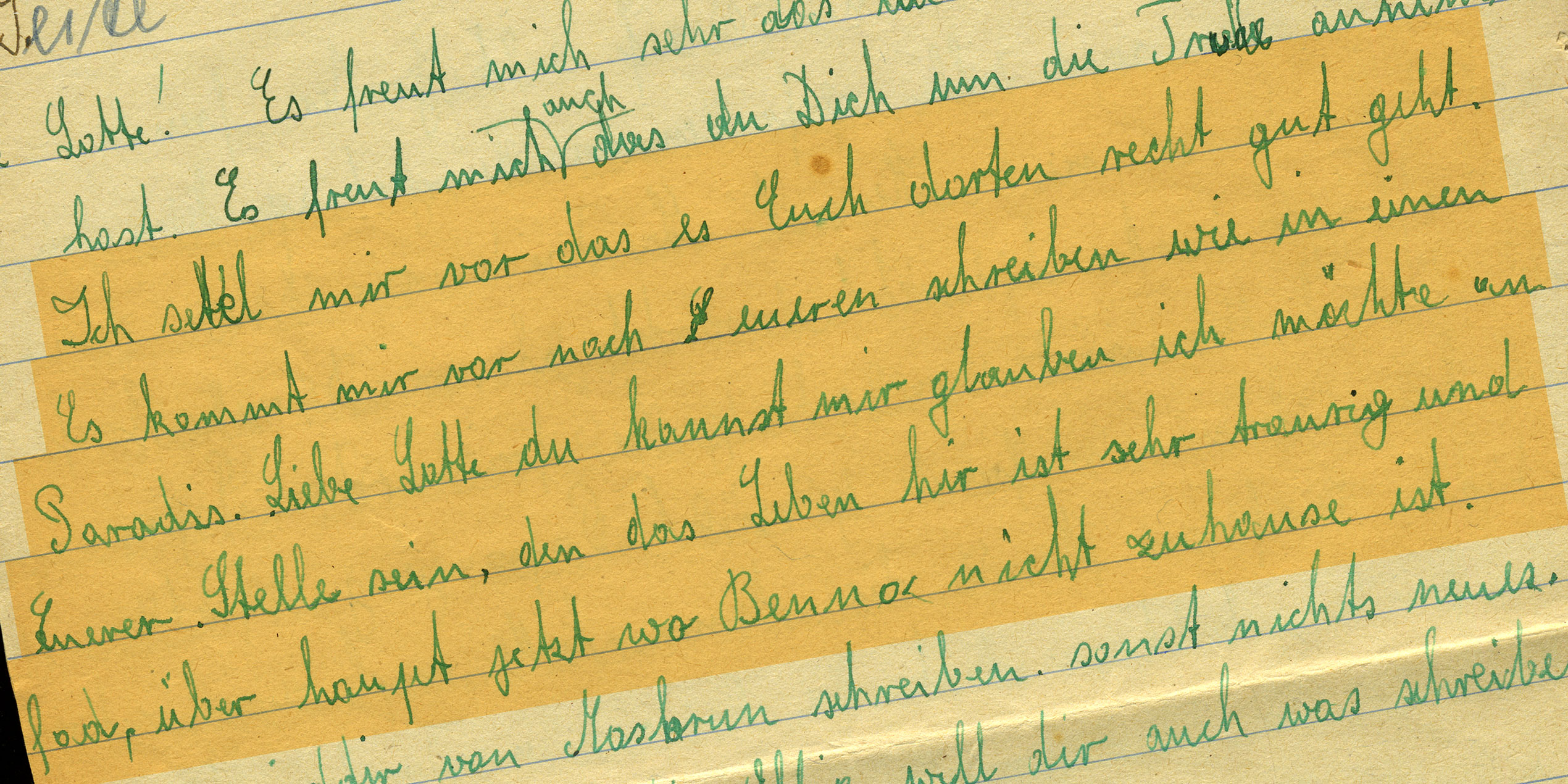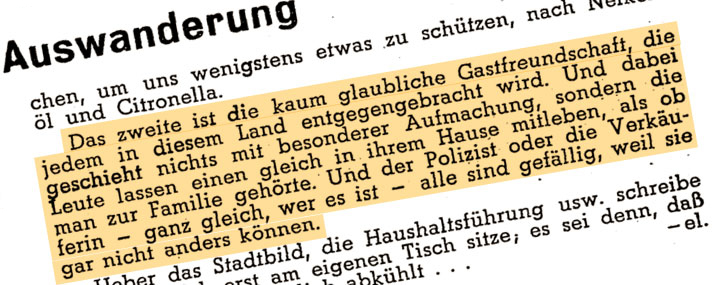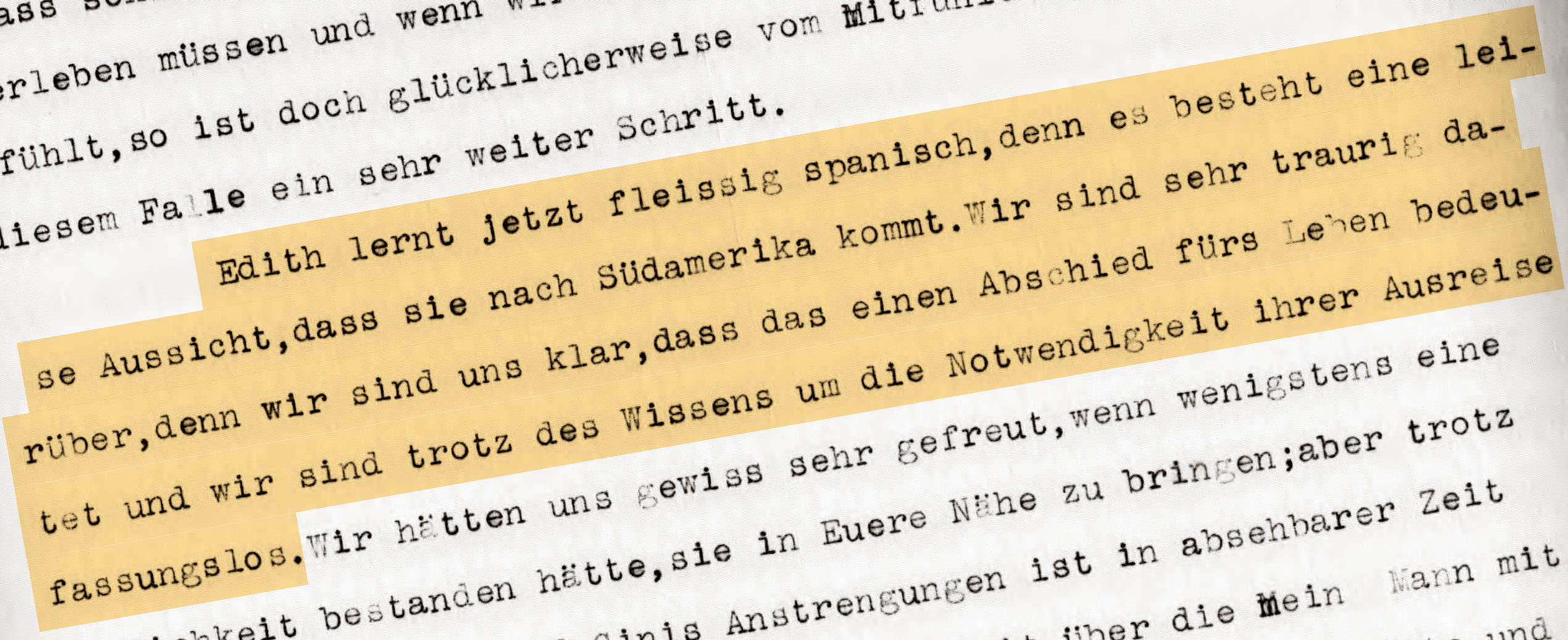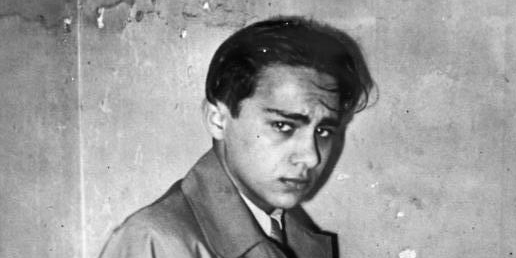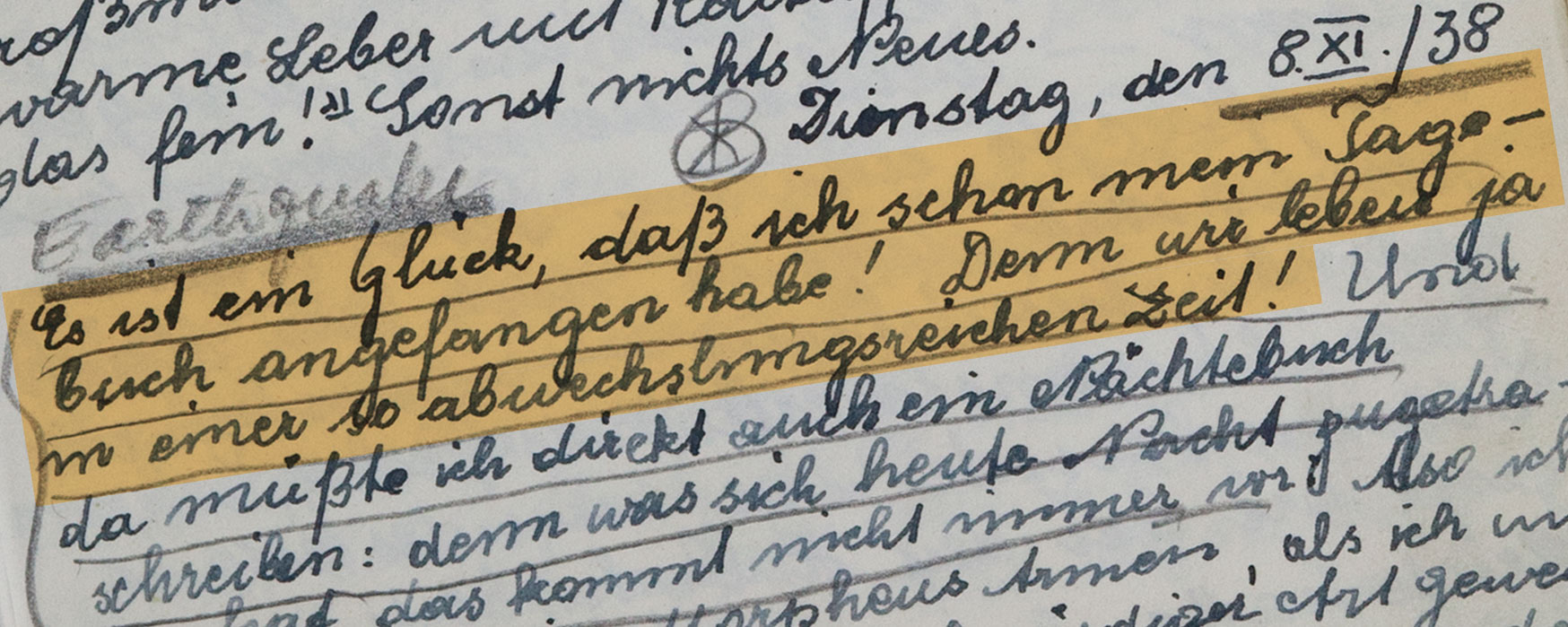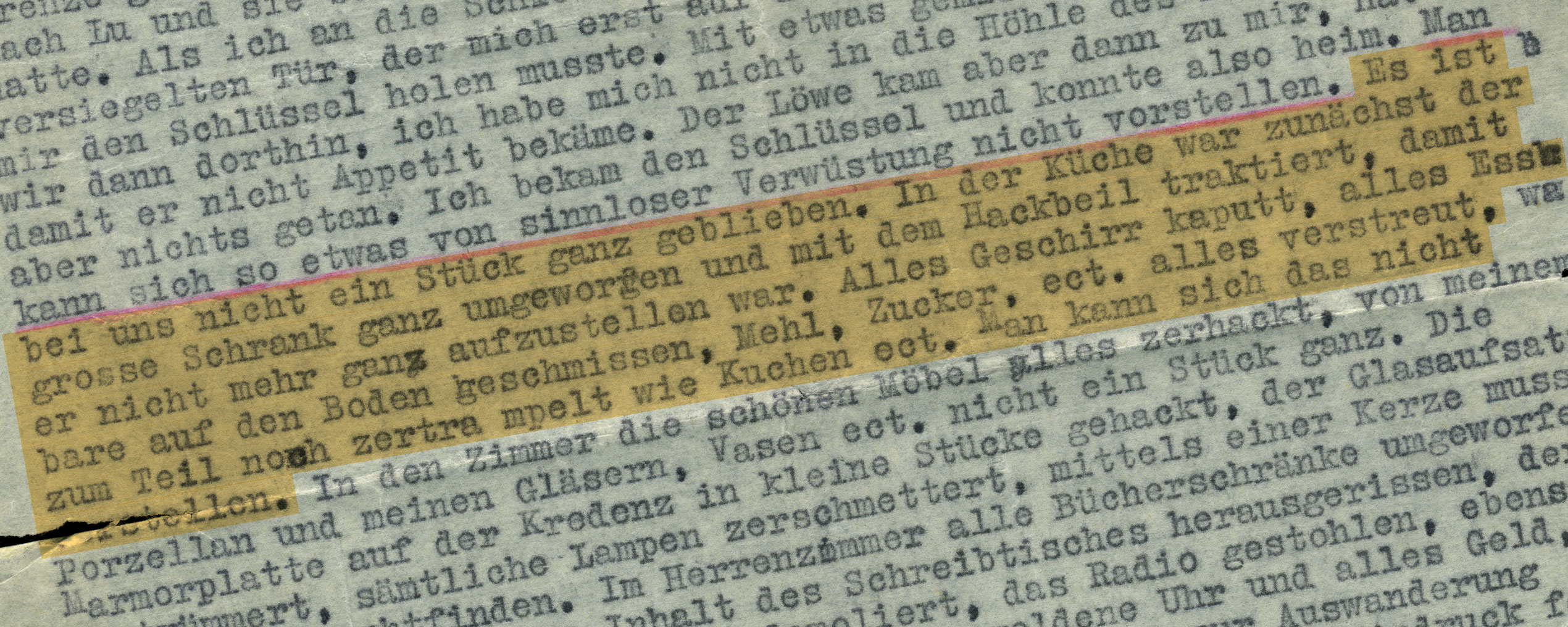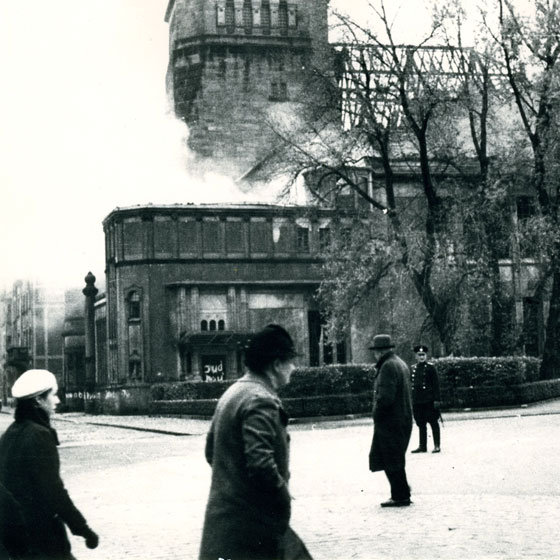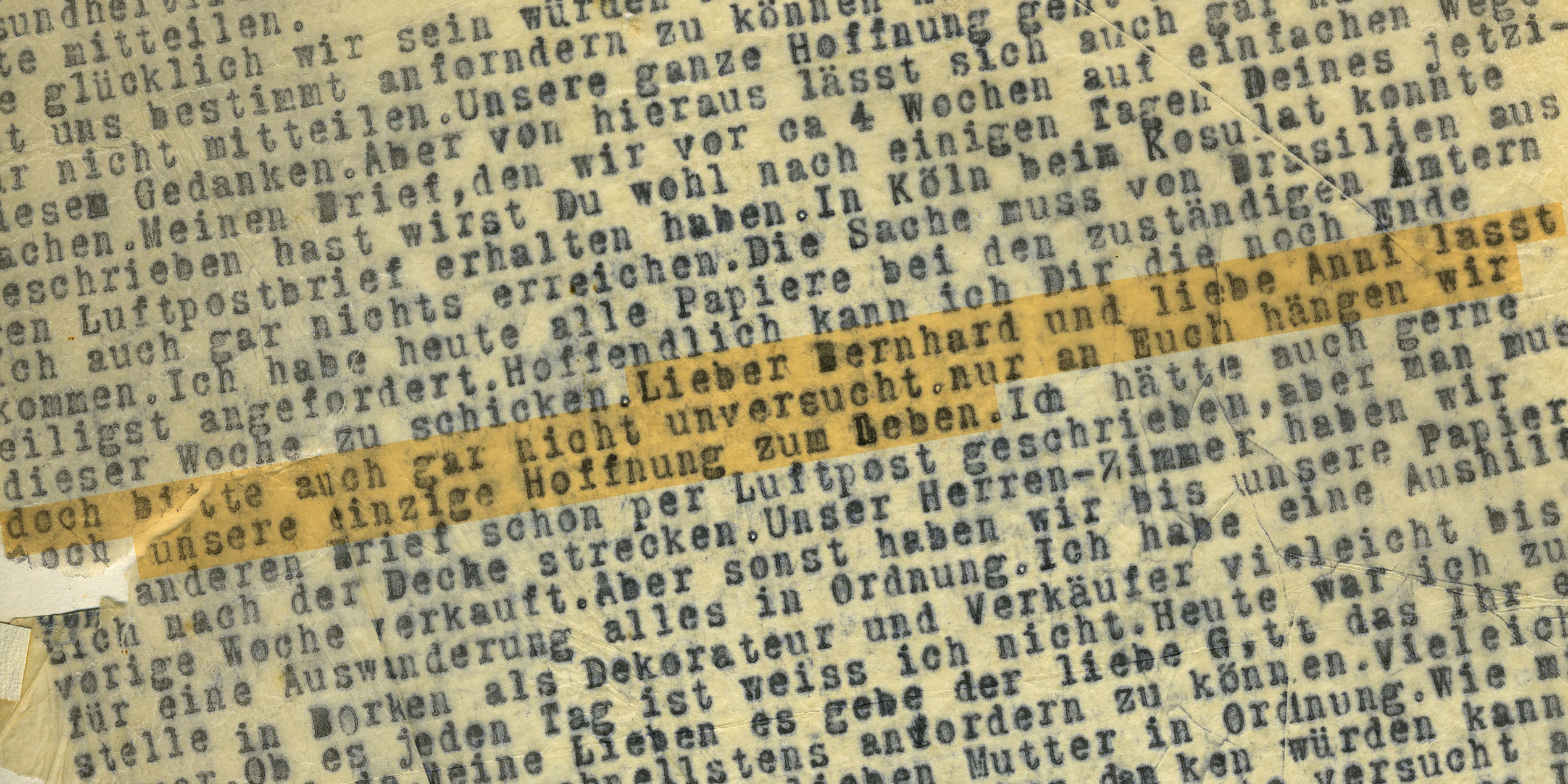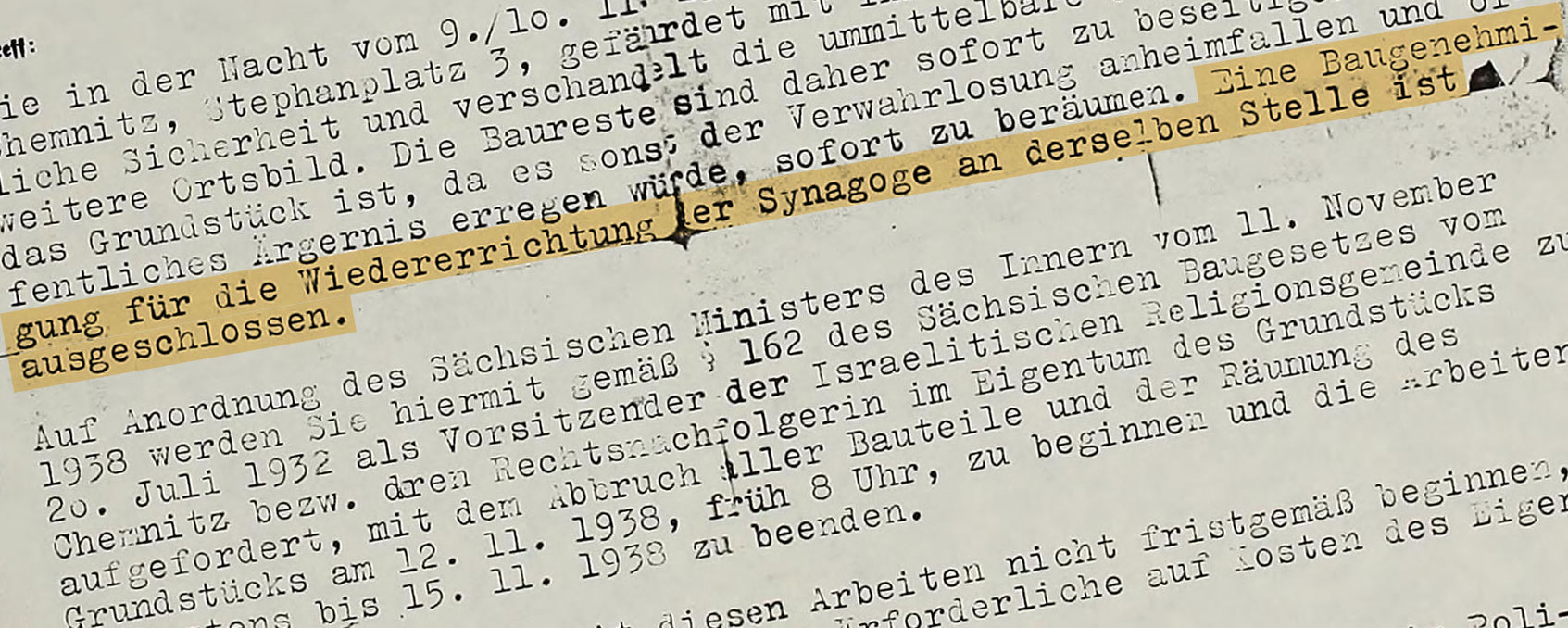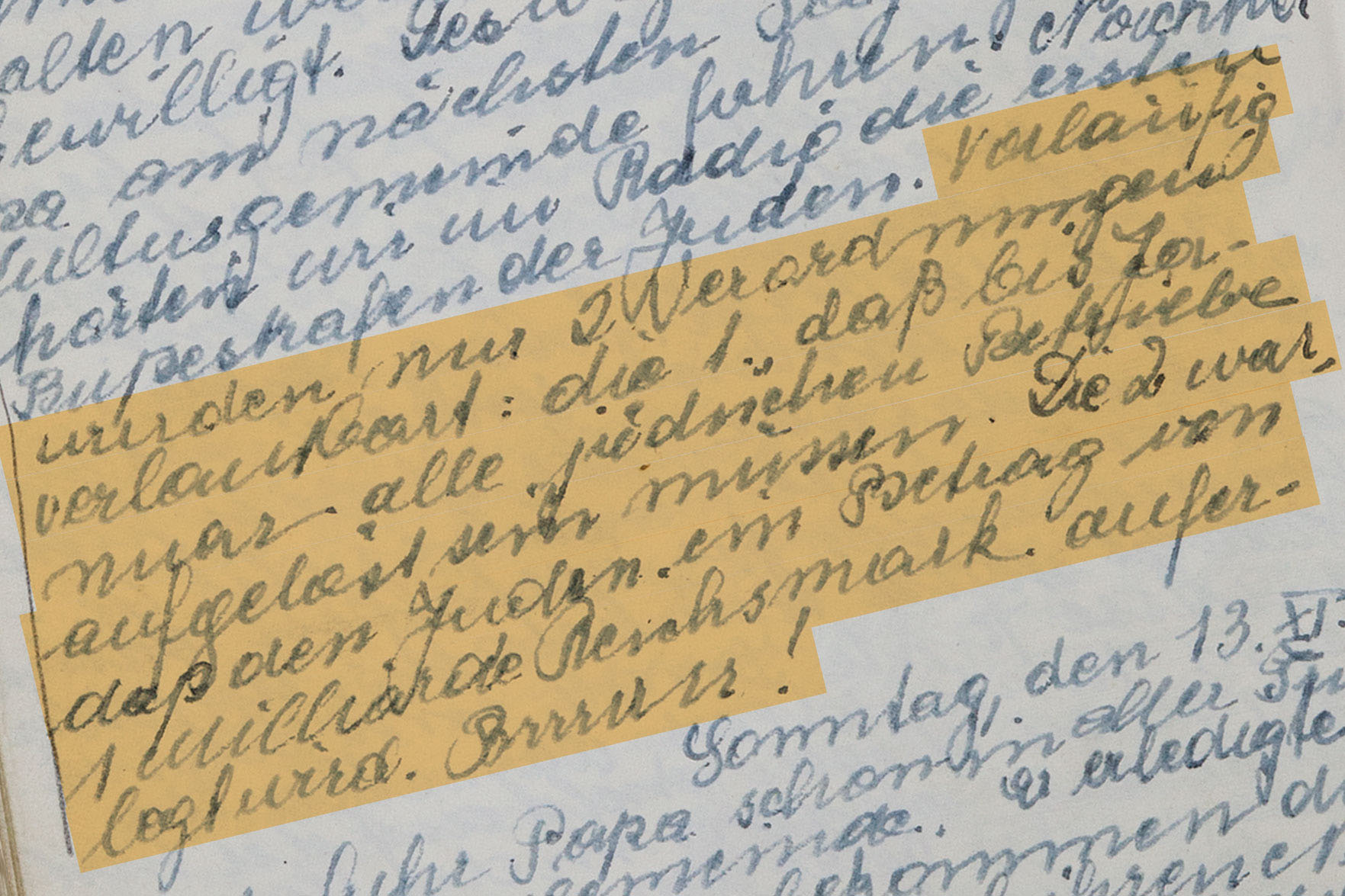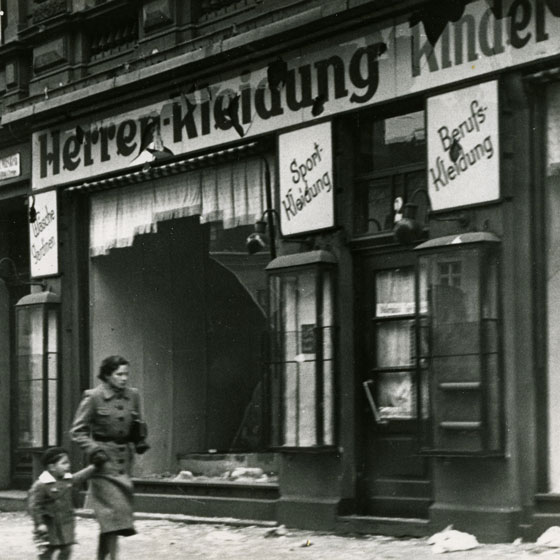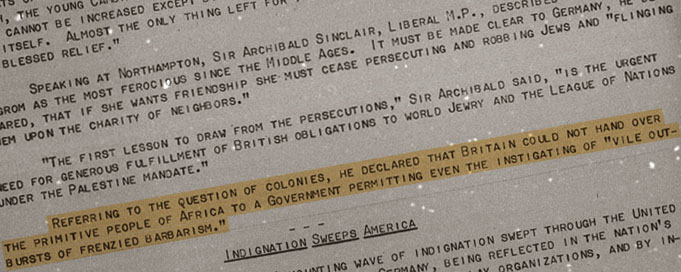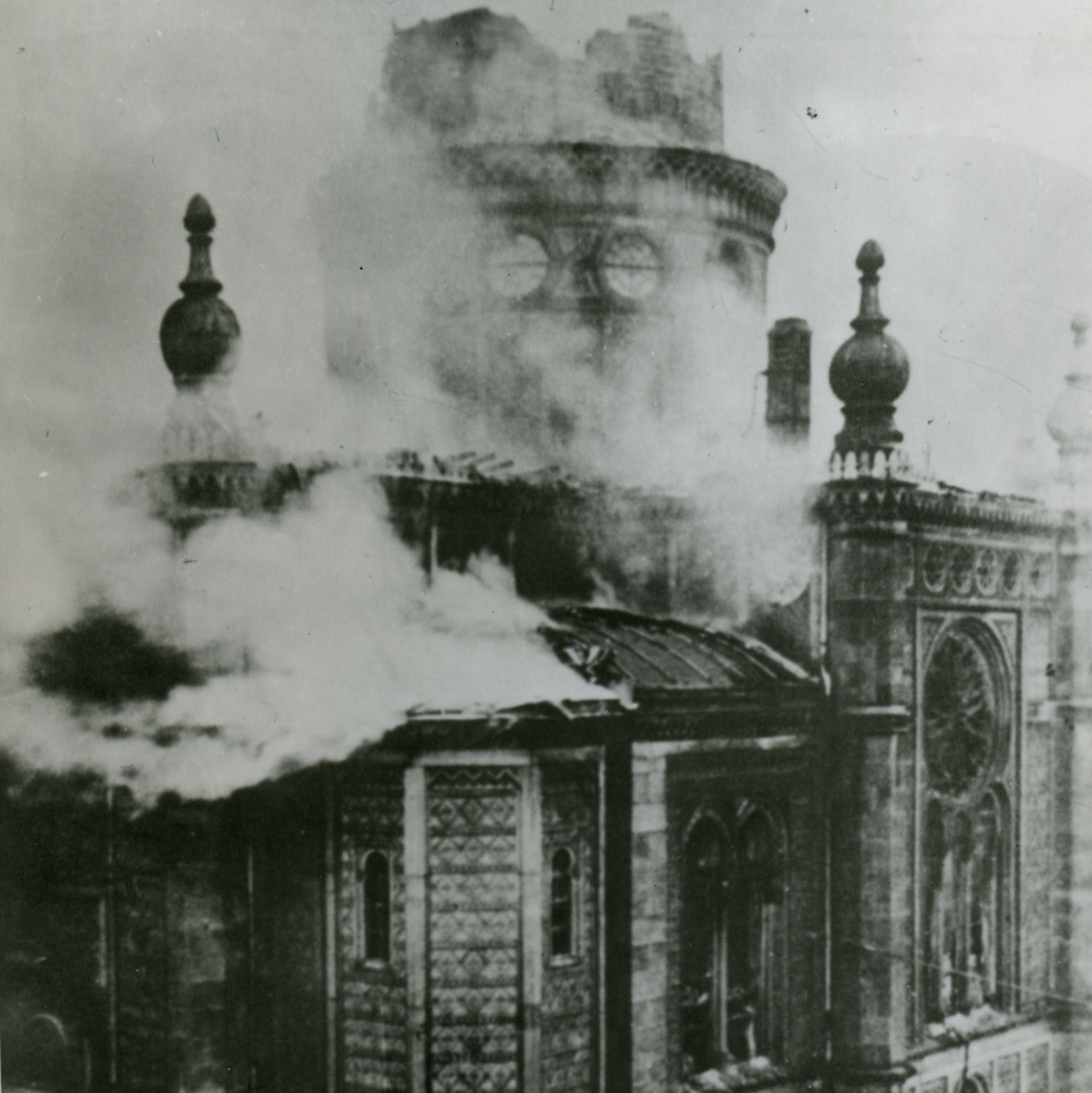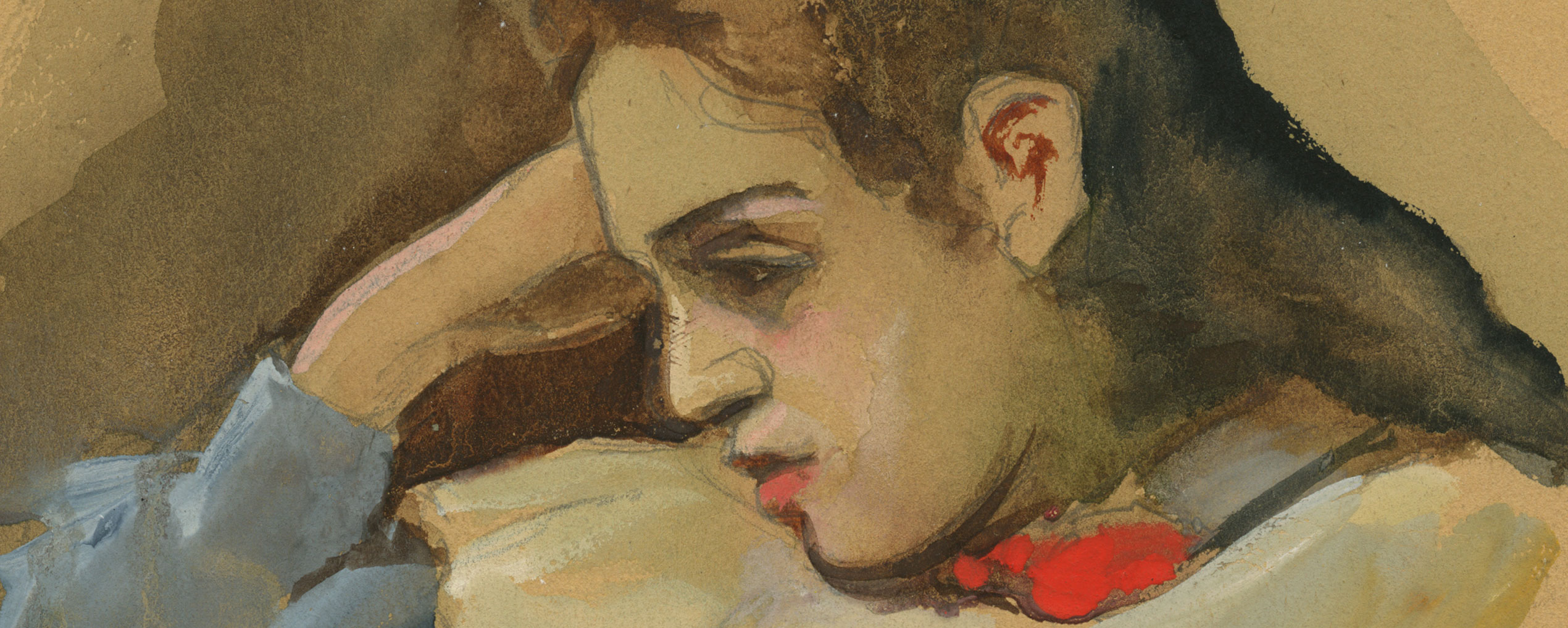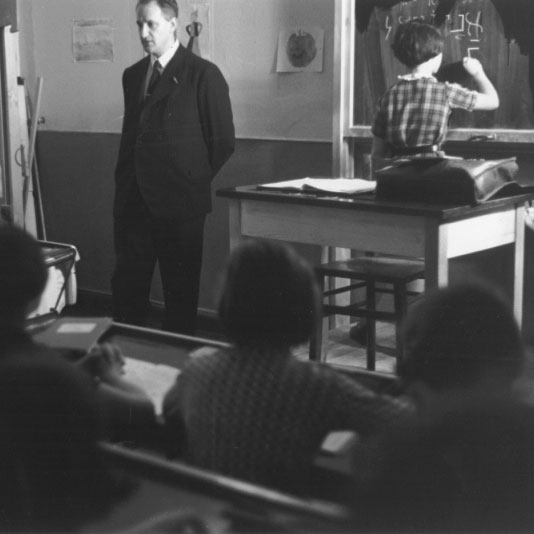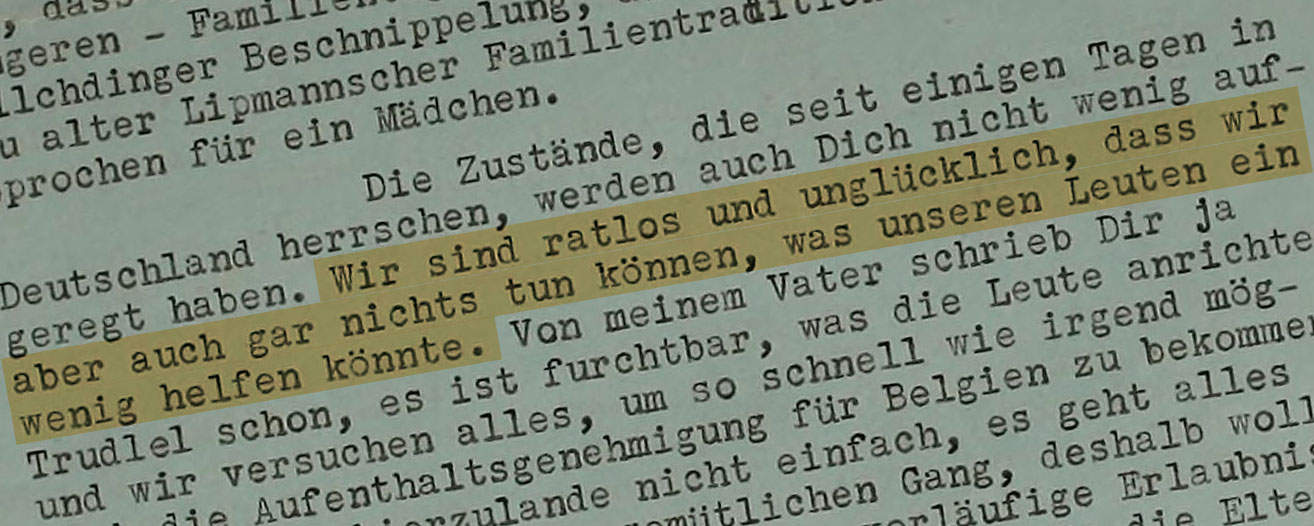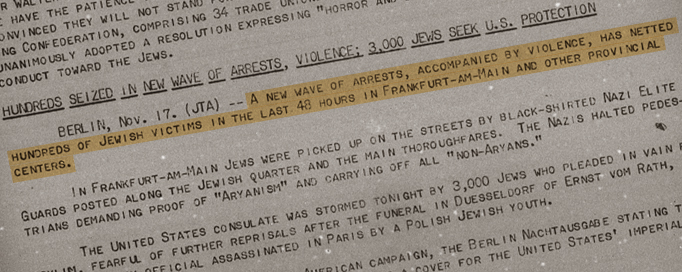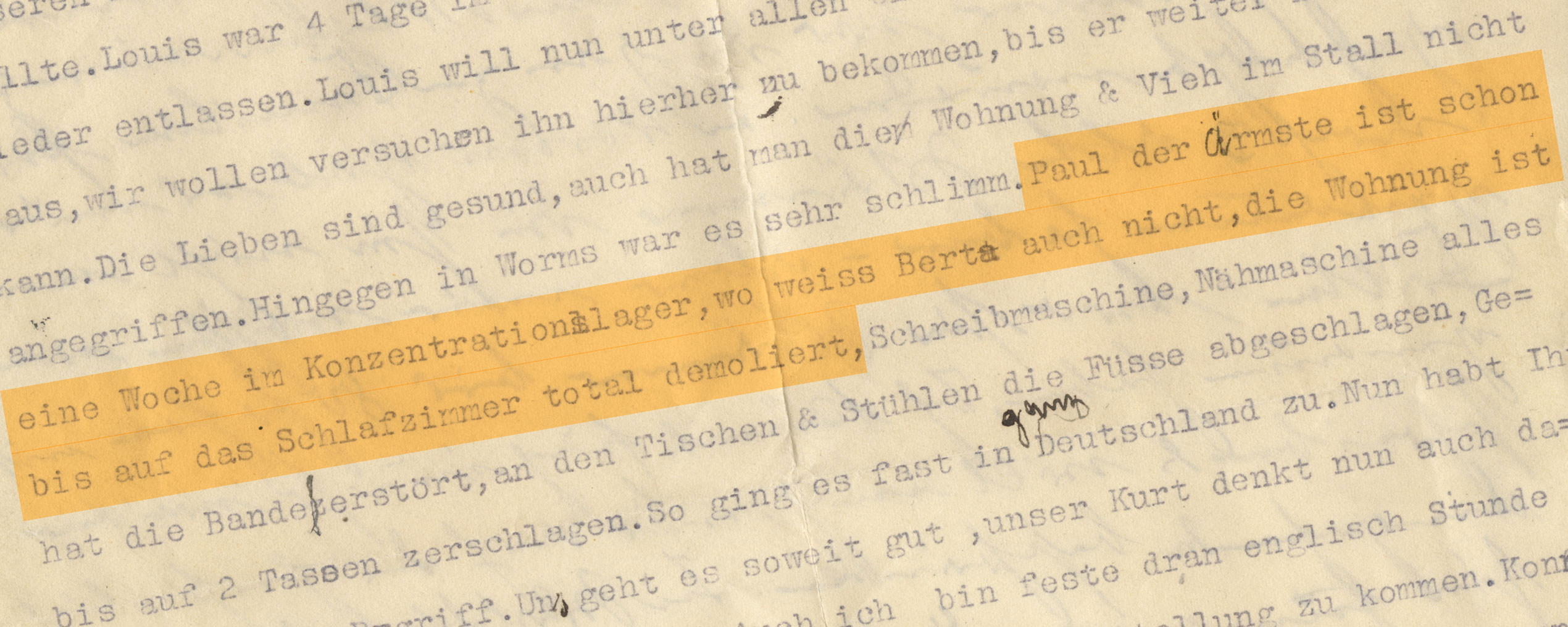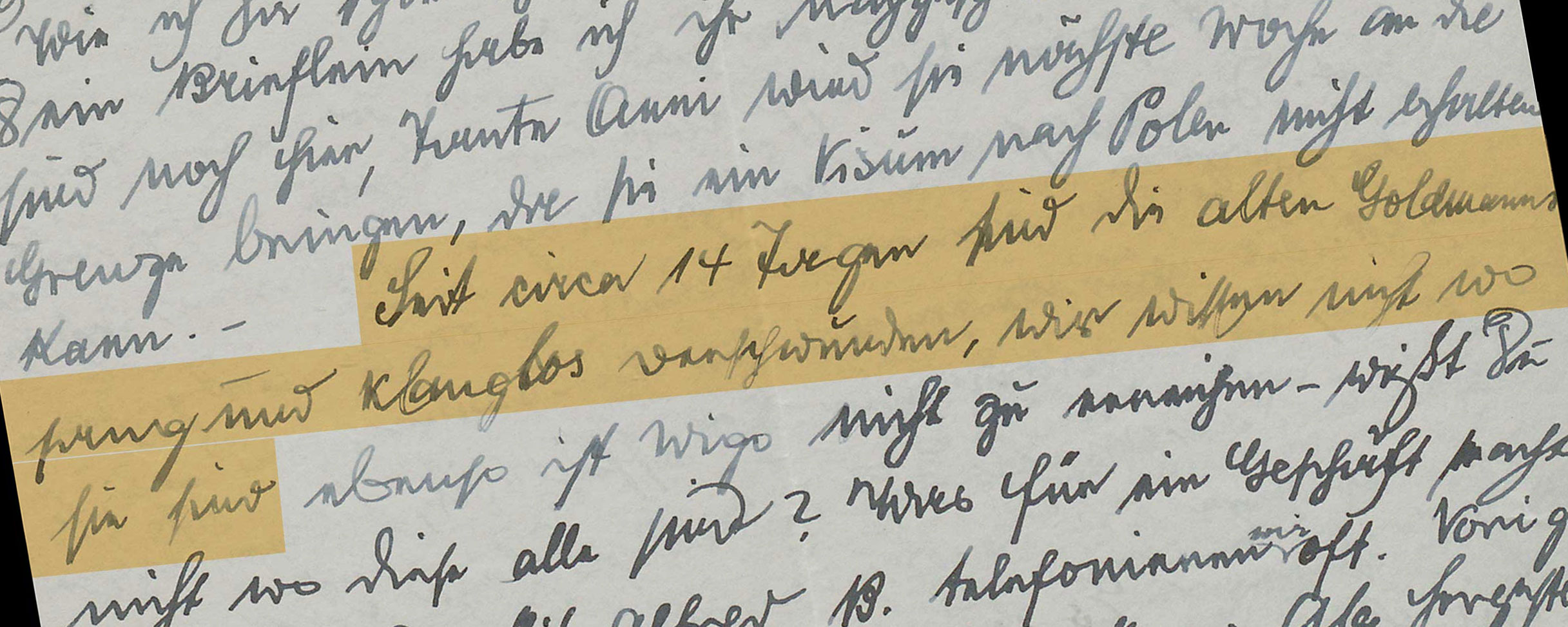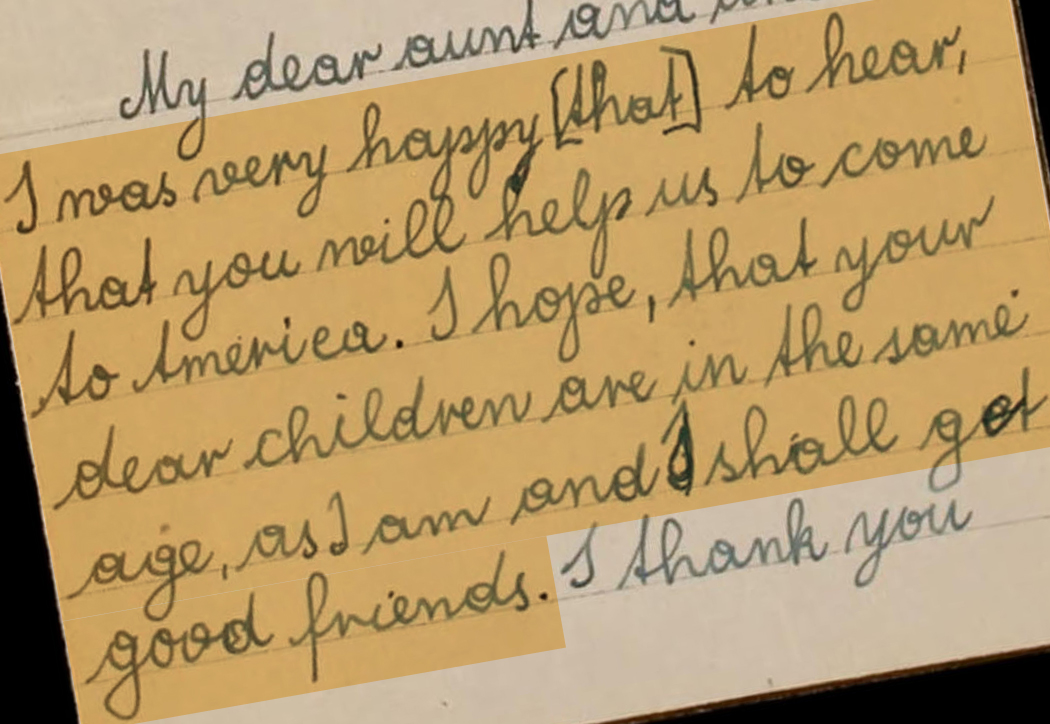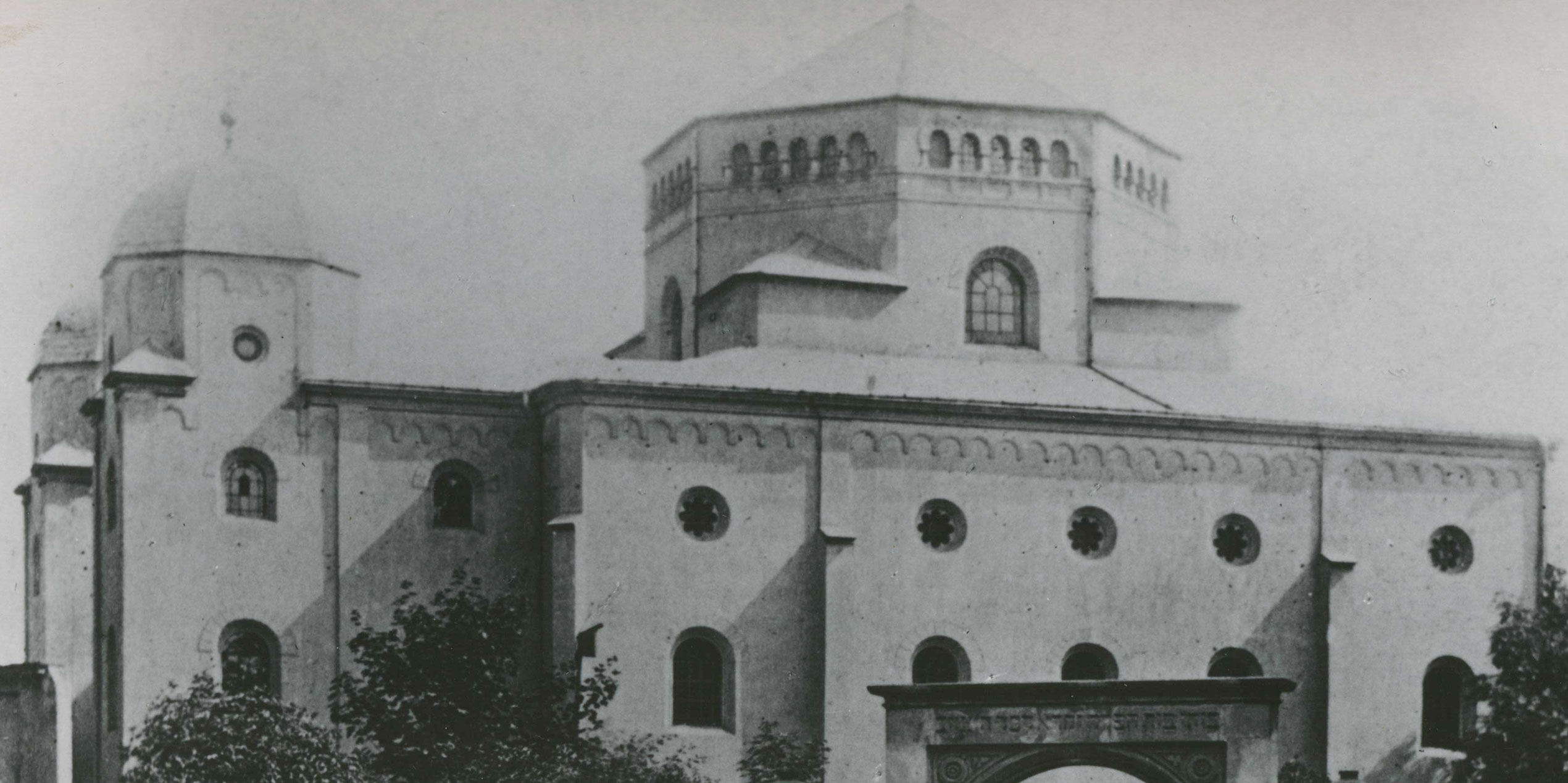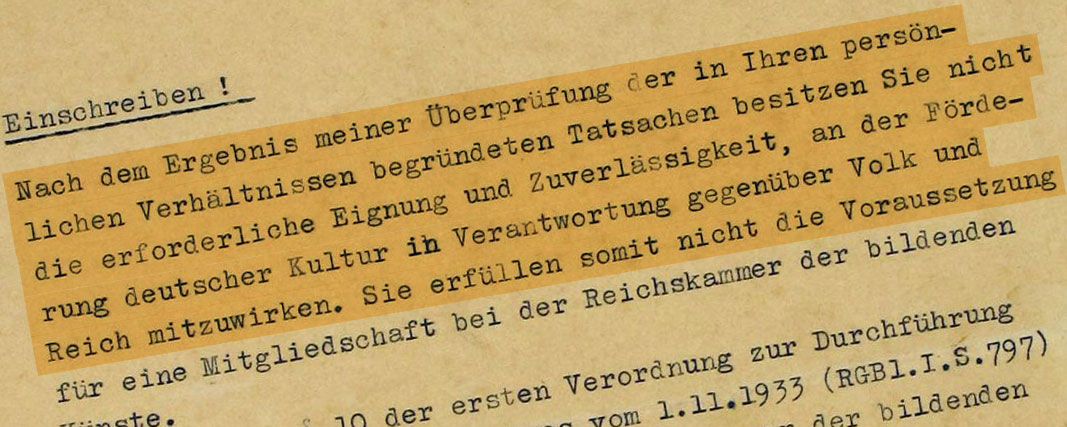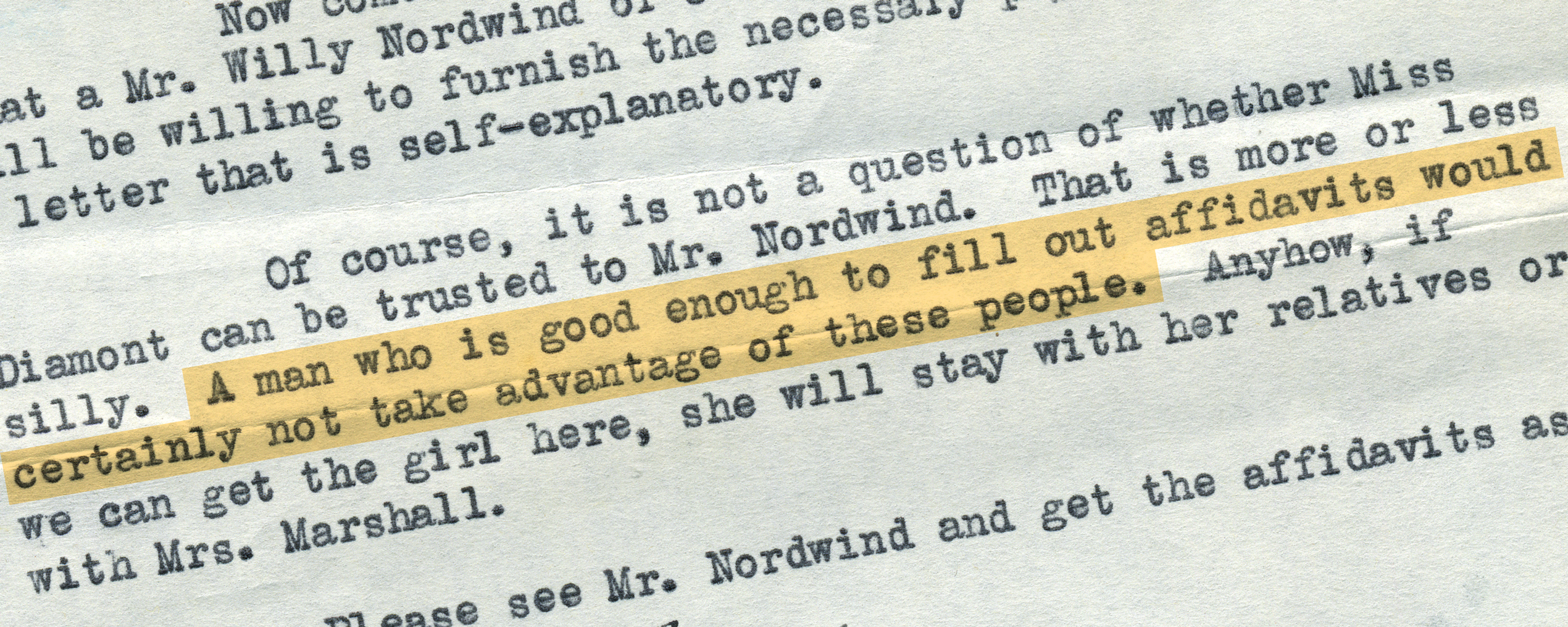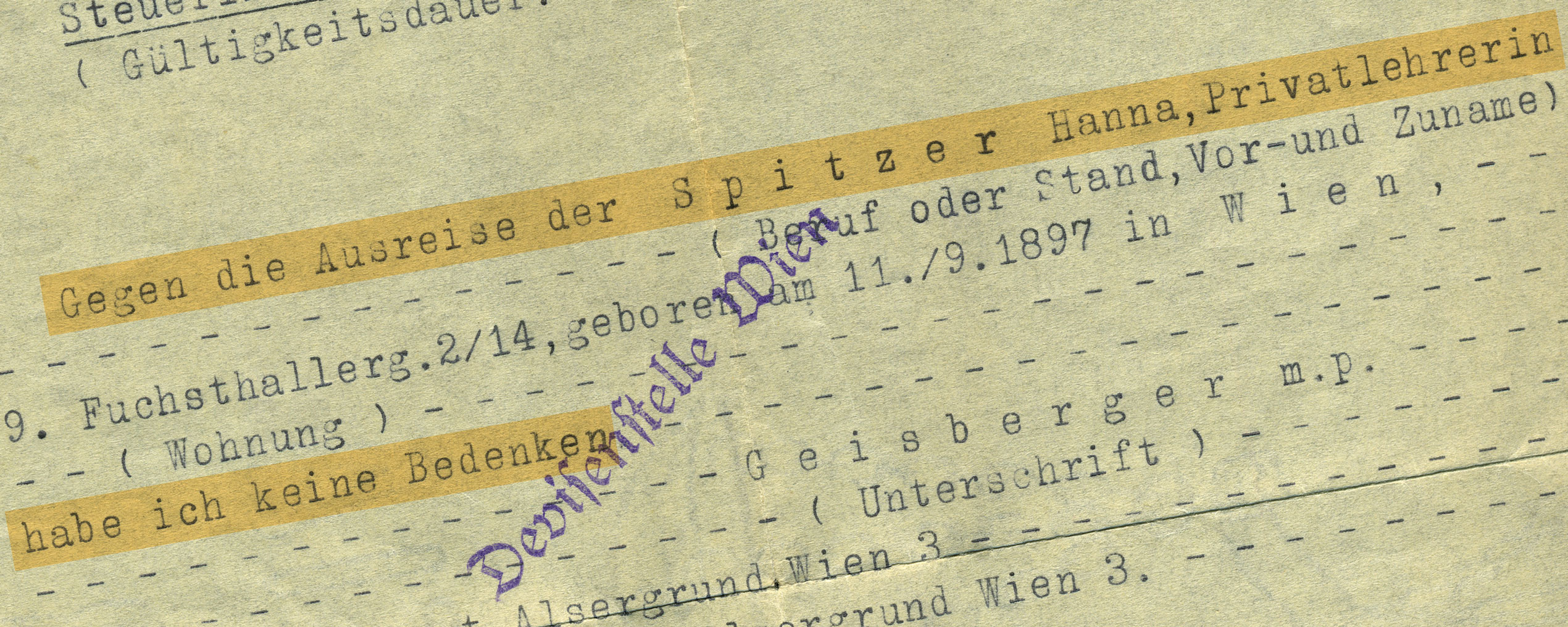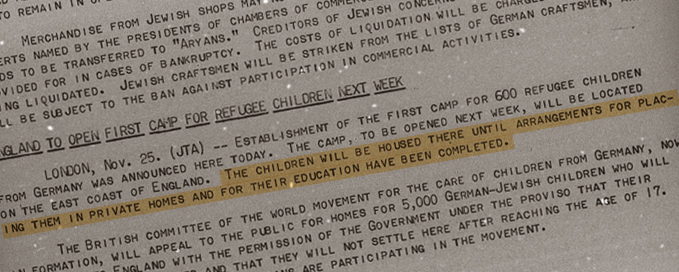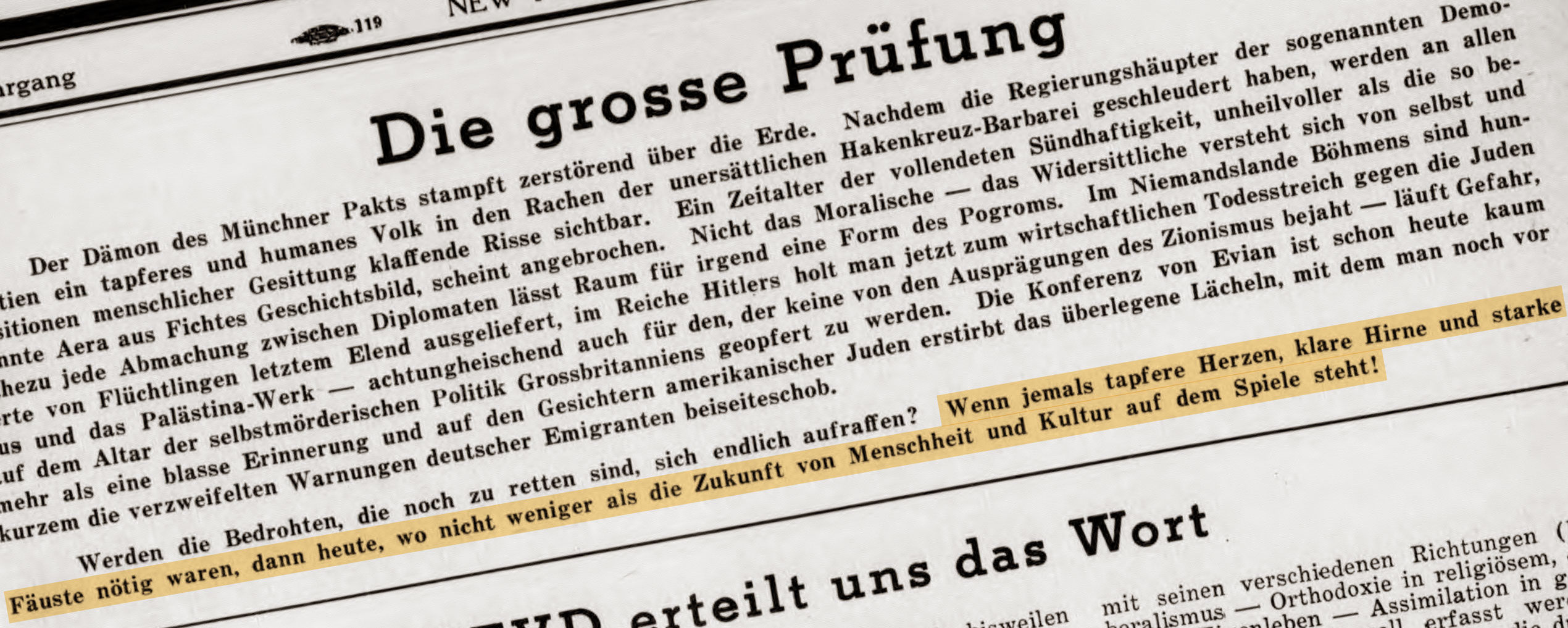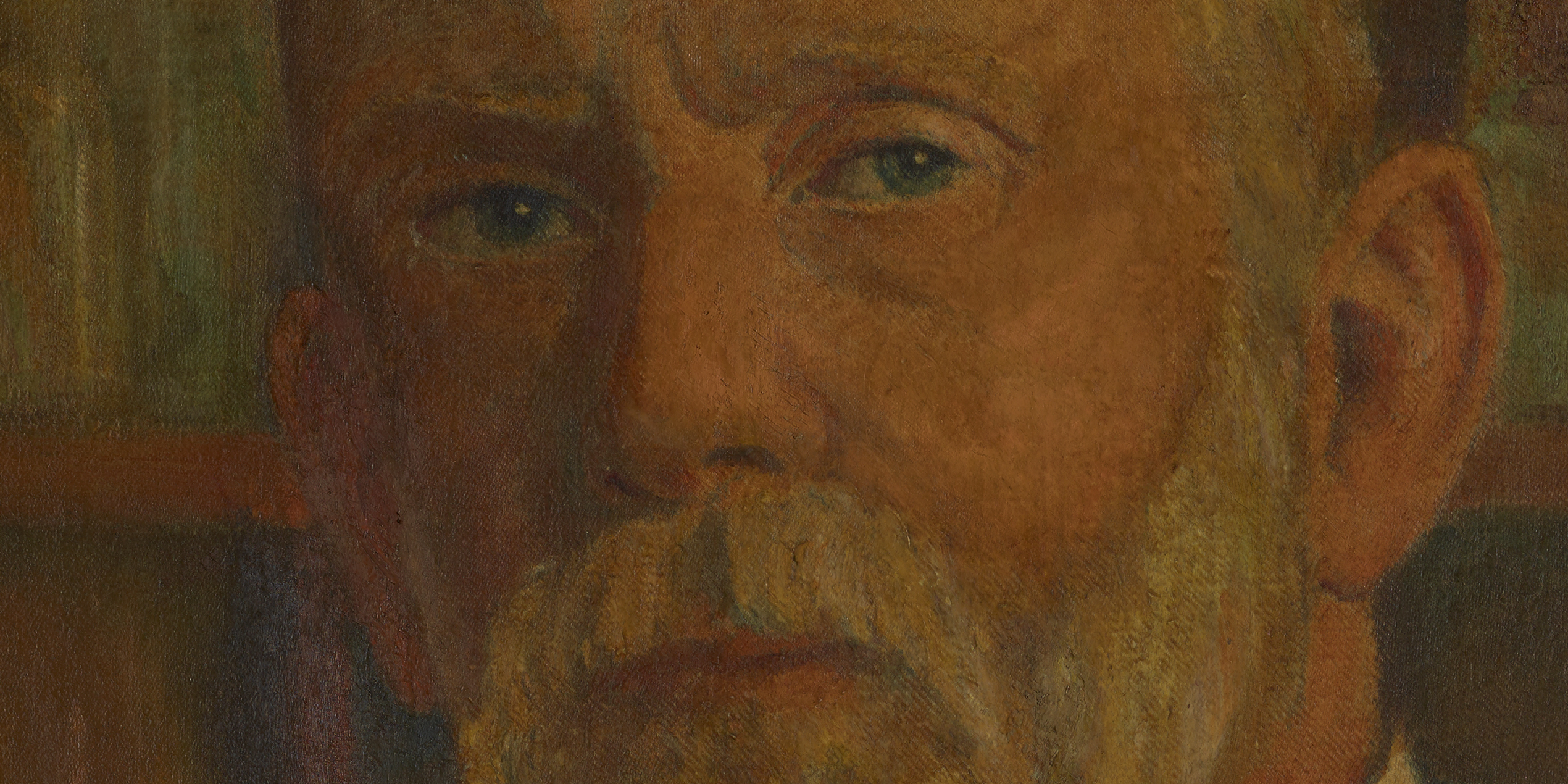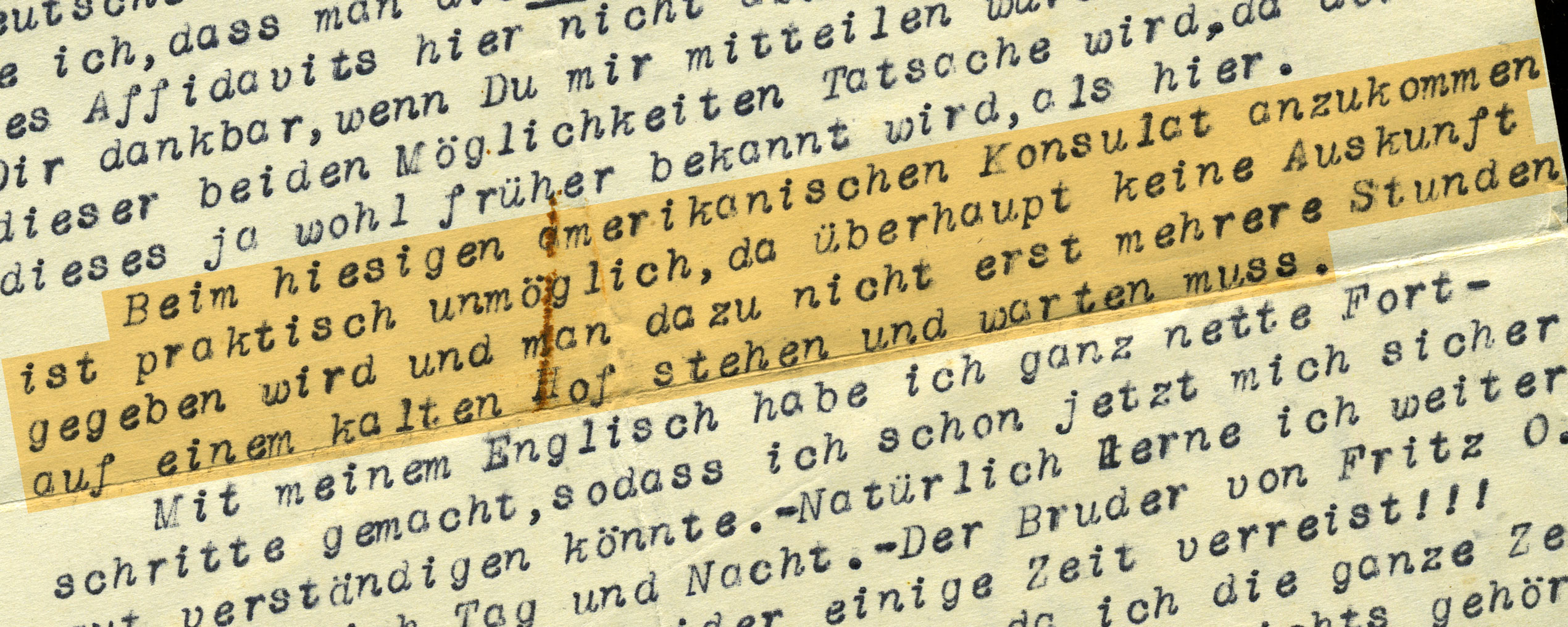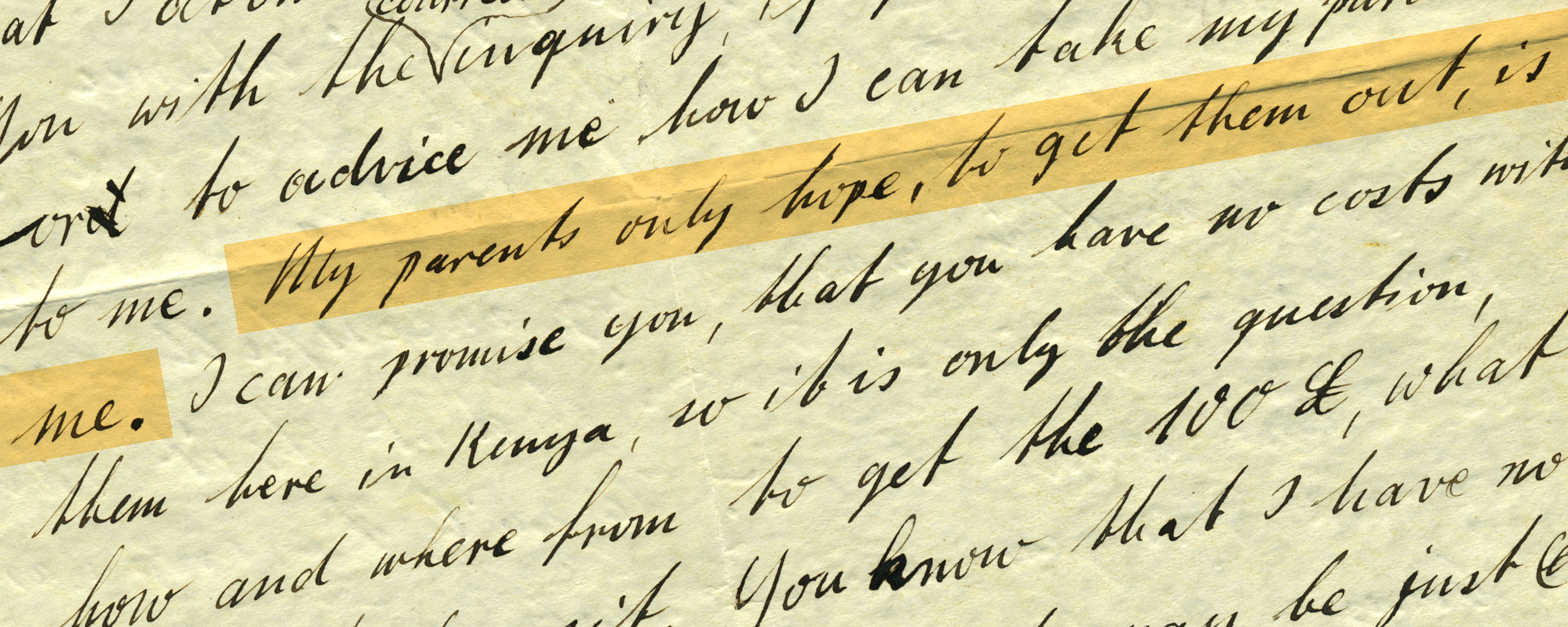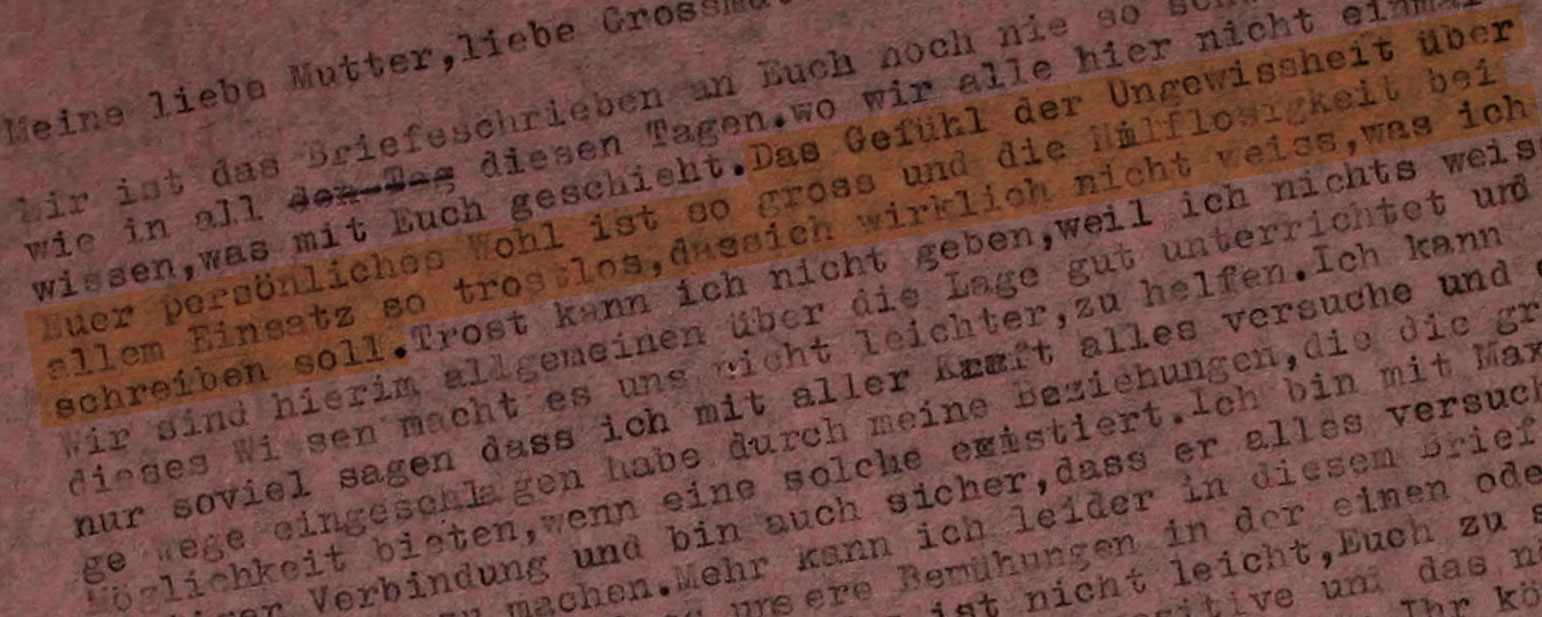The power of hope
A mere promise gives new hope
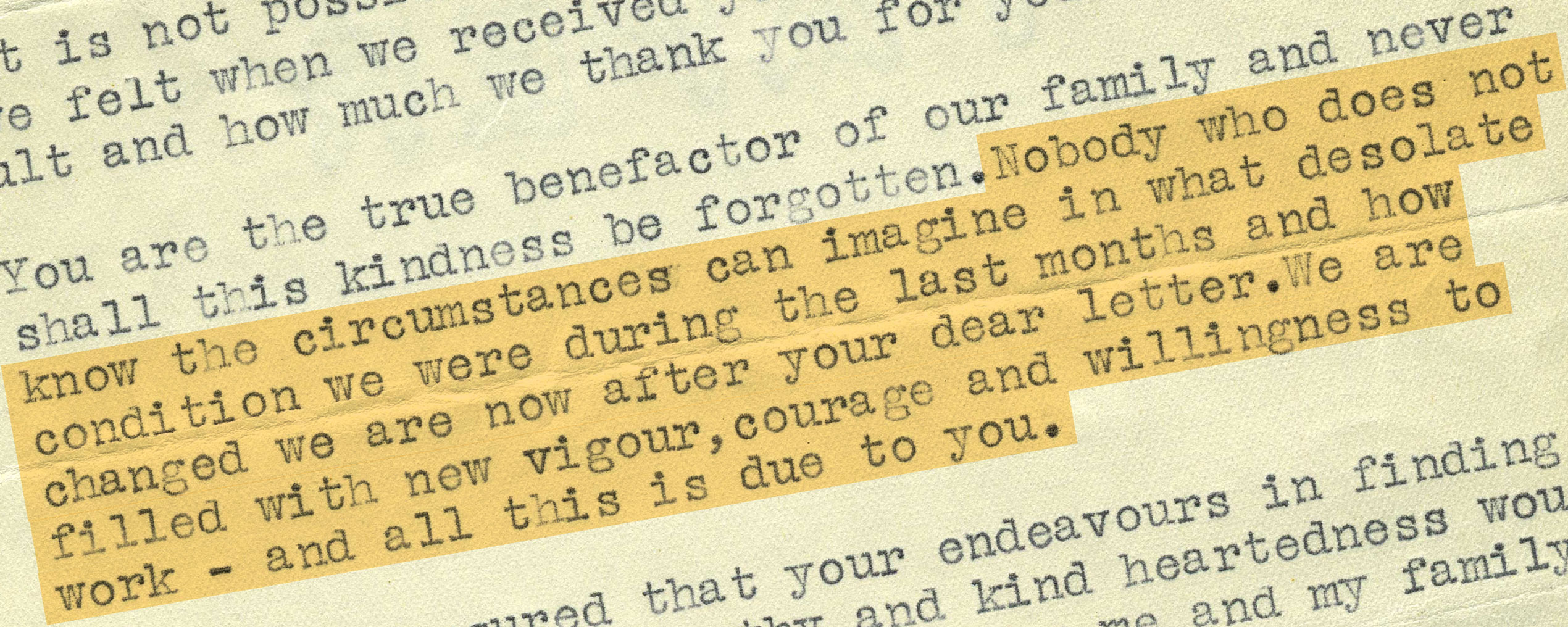
“Nobody who does not know the circumstances can imagine in what desolate condition we were during the last months and how changed we are now after your dear letter. We are filled with new vigor, courage and willingness to work - and all this is due to you.”
Vienna/Brooklyn
In the absence of closer relatives in America, the Metzger family of Vienna turned to their first cousin once removed, Leo Klauber, Esq., in Brooklyn, for help. Mr. Klauber was unable to personally procure affidavits for his Austrian relatives, but he promised to endeavor on their behalf. The extent of the relief caused by his promise is palpable in Eva Metzger-Hohenstein’s reply of November 1, 1938: after months of fear and despair, the Metzgers felt reinvigorated by the realistic hope for emigration, thanks to their cousin.
SOURCE
Institution:
Leo Baeck Institute – New York | Berlin 
Collection:
Laura and Leonard Yaffe Correspondence, AR 11921 
Original:
Source available in English








































